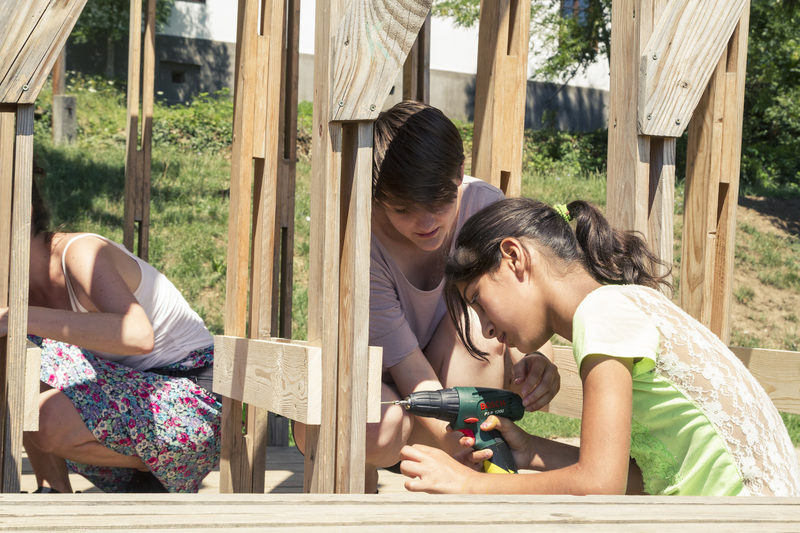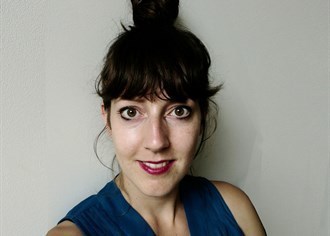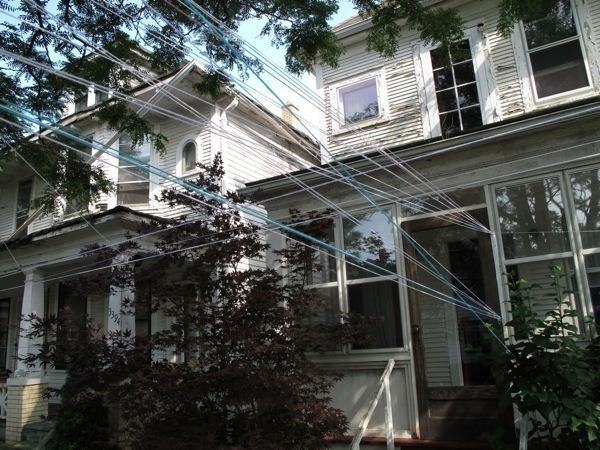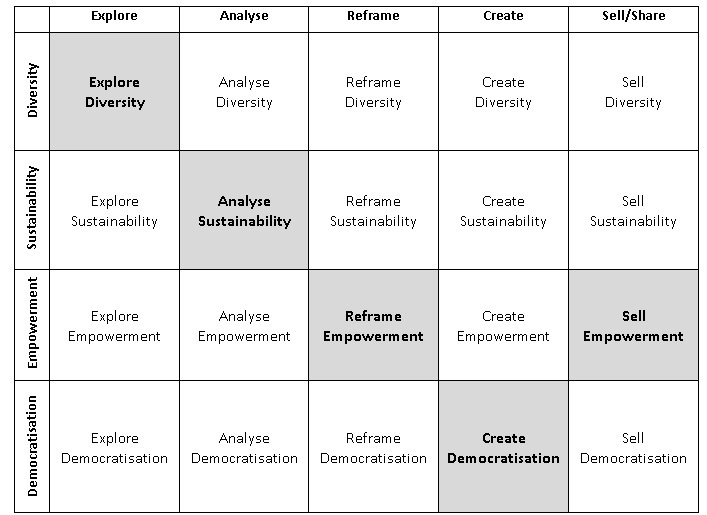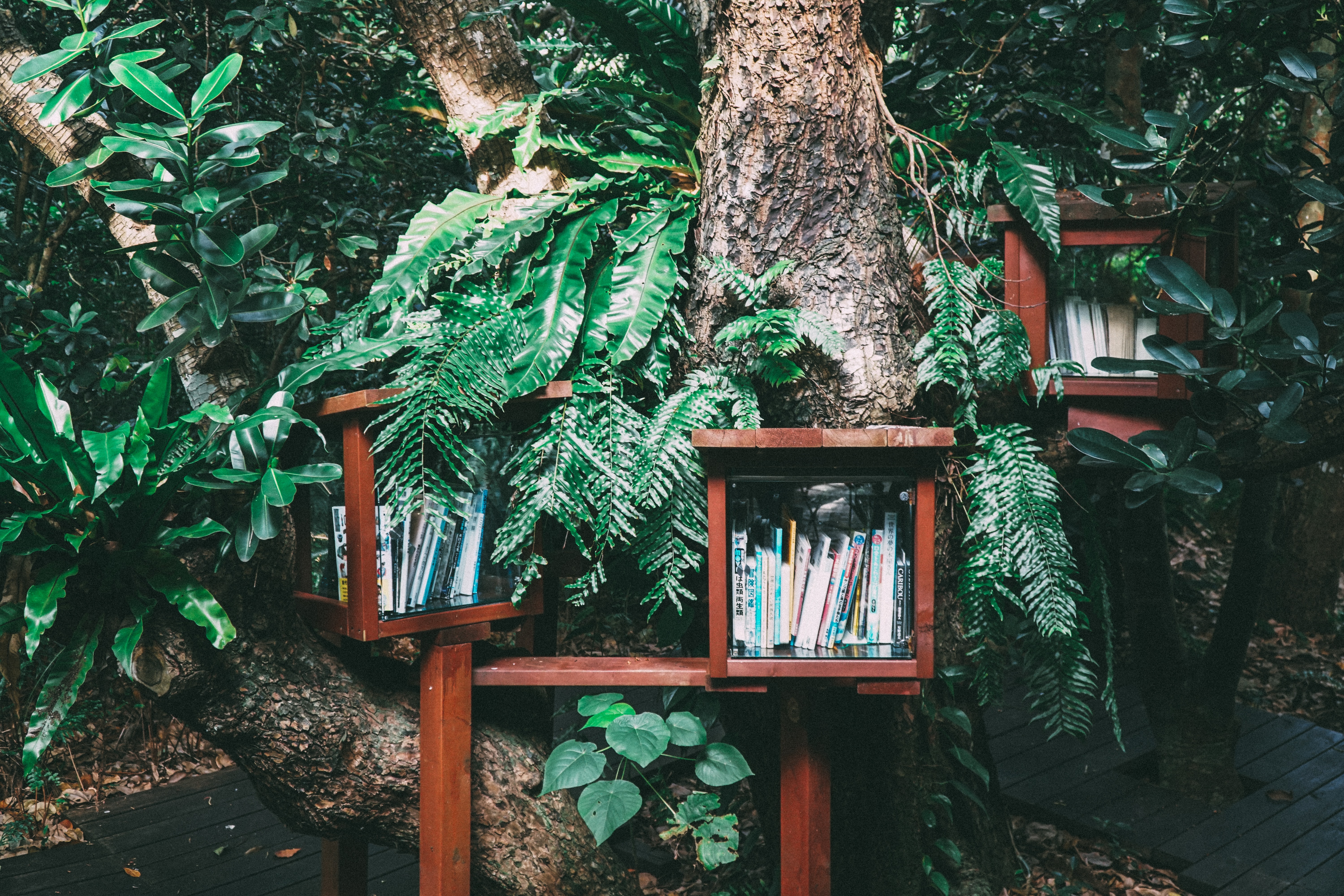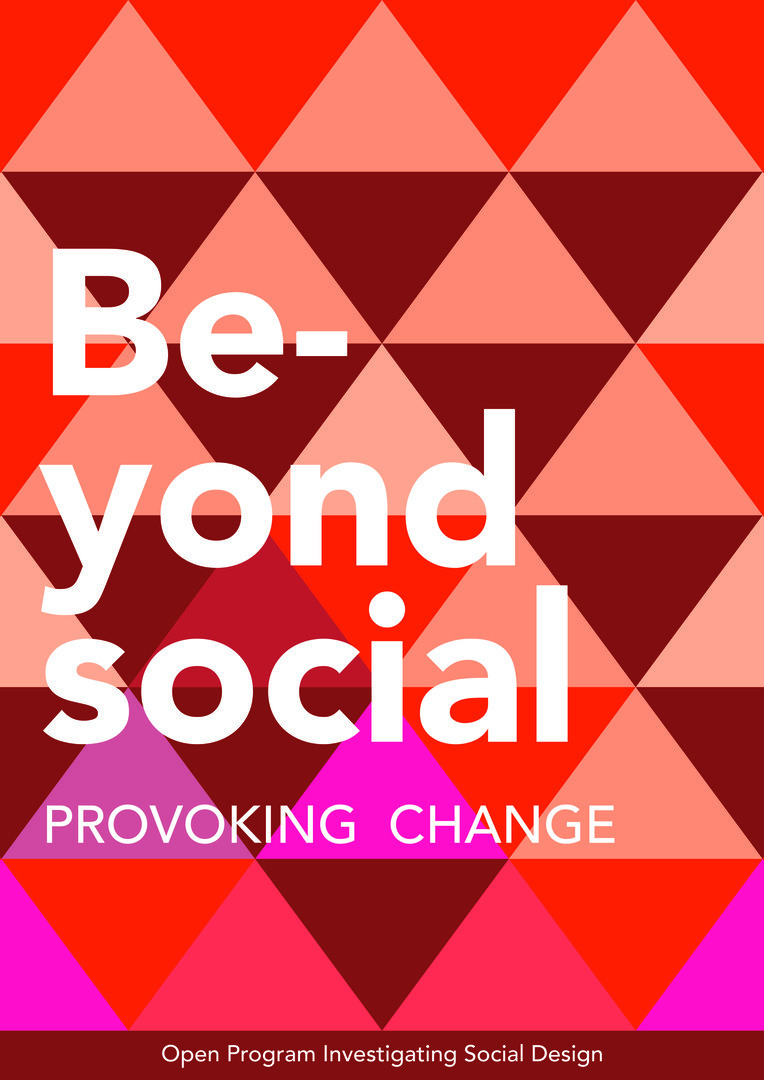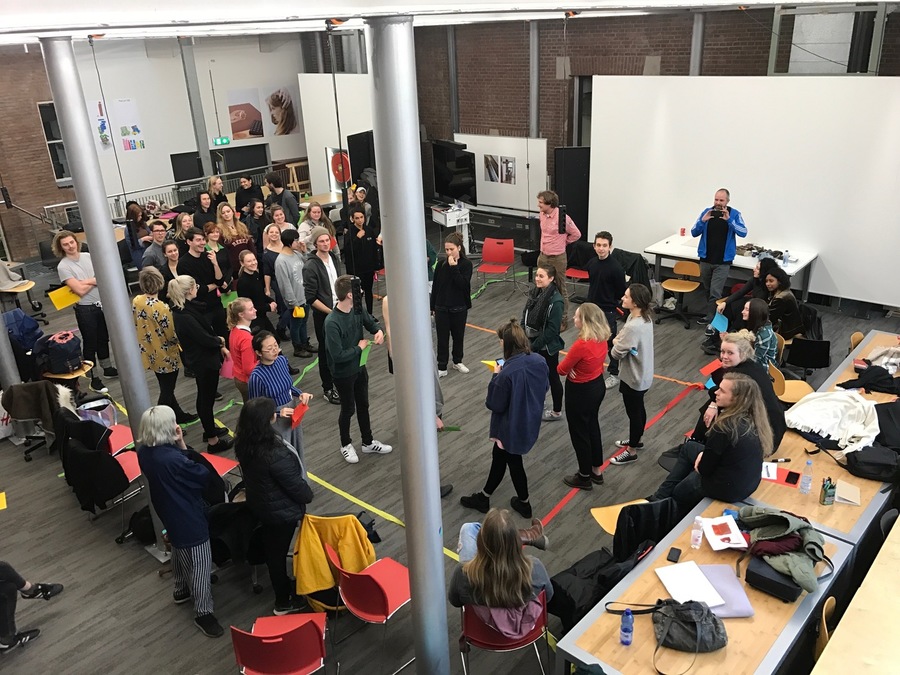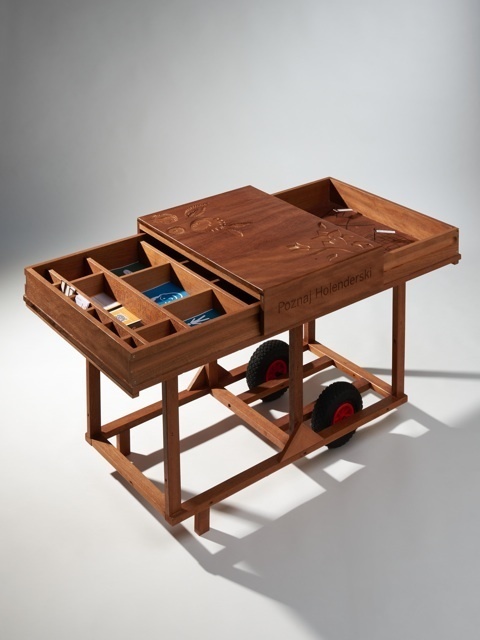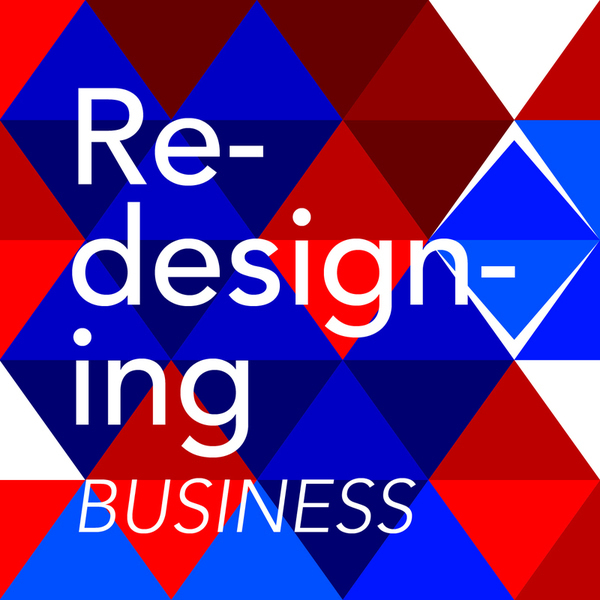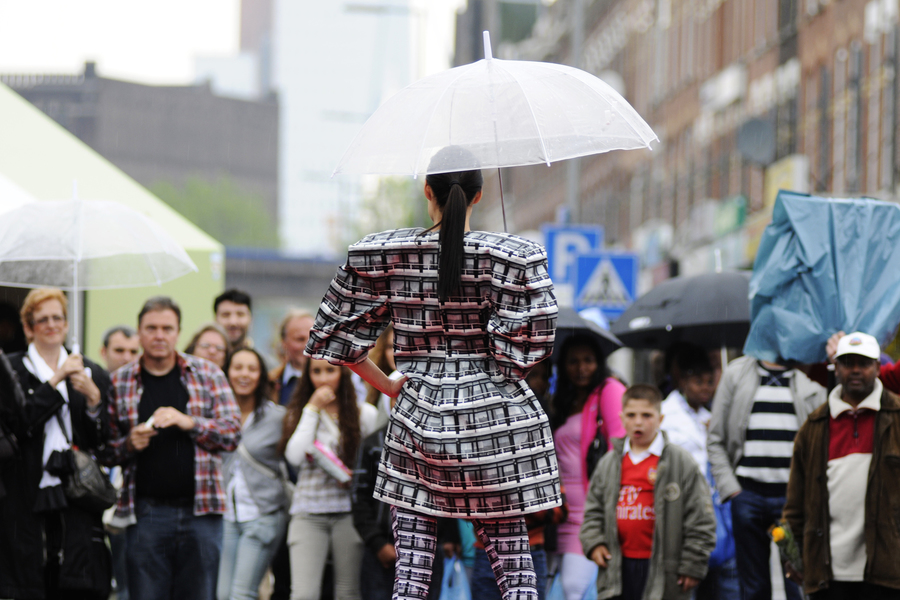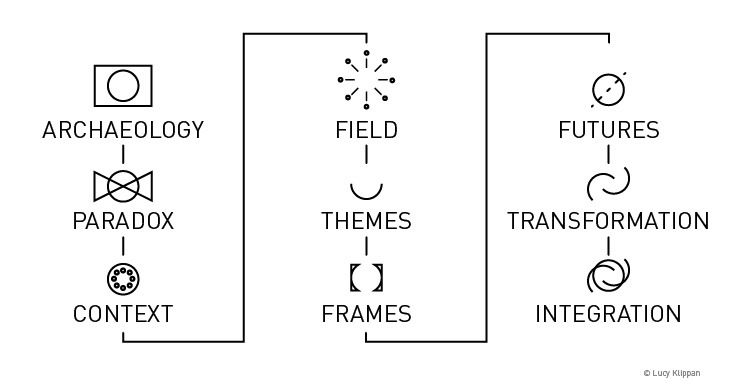|
|
| Line 35: |
Line 35: |
| | |Article=The Future of Design | | |Article=The Future of Design |
| | |Notes=Educating students for the future of design is quite a challenge. A school of art and design has the task of preparing students for their professional future, while working with the teacher-designers of the present. The word 'future' refers to something that is not yet present and thus cannot be known. Preparing design students for their future is done by extrapolating current design developments. If the word 'future' is used in the context of design, then the current notion of design is seen as being in a state of change. The question is whether a school of art and design can think in a non-linear fashion to an extent that will prepare its current students for the future of design. | | |Notes=Educating students for the future of design is quite a challenge. A school of art and design has the task of preparing students for their professional future, while working with the teacher-designers of the present. The word 'future' refers to something that is not yet present and thus cannot be known. Preparing design students for their future is done by extrapolating current design developments. If the word 'future' is used in the context of design, then the current notion of design is seen as being in a state of change. The question is whether a school of art and design can think in a non-linear fashion to an extent that will prepare its current students for the future of design. |
| − | }}
| |
| − | {{Article Selection
| |
| − | |Article=Design for Child Oncology
| |
| − | |Notes=Research project: Cancer is the main cause of child mortality in the Netherlands. Though adequate exercise and a varied diet increases chances of survival, for many seriously ill children this is difficult to achieve since they are too exhausted. Most existing research in oncology focuses on methods of treatment such as chemotherapy and radiotherapy. Few research projects so far have concentrated on supportive cancer care for children. This is why we have conducted a 'research through design' project to design, implement and evaluate interventions that stimulate adequate eating and exercising behaviour among children with cancer and their families.
| |
| − | }}
| |
| − | {{Article Selection
| |
| − | |Article=Exchange Knitting
| |
| − | |Notes=Studentproject: Yvonne Swiers is a fashion designer (WdKA, minor Open Design) and interested in sharing knowledge about knitwear. Therefore she initiated a project focusing on sharing knitting knowledge. This led to the following question: Which ways of sharing are possible using various knitting techniques, and how do these ways of sharing make it possible for other people to participate?
| |
| − | }}
| |
| − | {{Article Selection
| |
| − | |Article=Retour Afzender
| |
| − | |Notes=Studentproject: We all know there are asylum seekers living in our country. But where exactly do they live?
| |
| | }} | | }} |
| | {{Article Selection | | {{Article Selection |
| | |Article=The "Brown Bag Lunch" | | |Article=The "Brown Bag Lunch" |
| − | |Notes=Studentproject: How to create a Critical Diversity Literate Art School, in which students and teachers of all cultural and ethnic backgrounds, genders, sexualities and (dis)abilities feel treated with equity and are supported to explore their full potential? | + | |Notes=How to create a Critical Diversity Literate Art School, in which students and teachers of all cultural and ethnic backgrounds, genders, sexualities and (dis)abilities feel treated with equity and are supported to explore their full potential? |
| | }} | | }} |
| | {{Article Selection | | {{Article Selection |
Iris Schutten
Sikko
The Cloudfactory, Photo by Nikolett Kustos
Introduction
This editorial of Beyond Social focuses on educating artists and designers in the field of social design. What does good social design education look like? And how to further improve and intensify the connection between educational activities and contemporary (alternative) cultural, social and economic developments? We invite you to join in this inquiry by uploading your contribution!
Selected articles
6 December 2017 16:07:24 by
Manetta
How should, according to Yoád David Luxembourg, communication, commitment and community play a key role in the Willem de Kooning Academy's Social Practices specialisations of Cultural Diversity, Sustainability, Gamification, and Open Design?
LEAP Dialogues publication designed by TwoPoints.Net
Social Design Education in Pasadena: The Designmatters department of the ArtCenter College of Design in Pasadena has the same ambition as the WdKA: to foster a strong connection between education and practice. We are at the helm of a diverse set of educational initiatives, special projects and publications that demonstrate the power of design for social innovation: an emergent field of design inquiry and practice that is oriented toward new possibilities for action and human progress. I will briefly explain here how we connect to practices in the field and how we perceive the future role of designers in society.
The public event Beyond Social Night 'Redesigning the Process' was held on February 4, 2016, showcasing best practices of recent interdisciplinary WdKA student projects on the topics of fast fashion, healthcare, refugees and wheelchair users. The underlying goal of the event was to investigate the processes behind these social art and design projects. What is the intention of this generation of designers? What are they aiming for? Is their methodology in line with their goals? And is the educational system consistent with their needs?
Building The Cloudfactory together. Photo by Nikolett Kustos.
Social Design Education in Hungary: MOME recognised that to build a university for the 21st century means breaking down the walls of the elitist ivory tower and reaching out towards real problems and communities. Based on the experiences of Cloudfactory project, a continuous physical presence in the center of social challenges is essential in social design education. Cloudfactory Field Lab, a research center in remote Bodvaszilas that MOME plans to build in the next years, might be a much smaller scale development than the one in the Budapest campus. However in terms of impact on social design education in Hungary, it will be equal or perhaps even bigger.
6 December 2017 16:05:39 by
Manetta
Social Design in Canada: Rootoftwo is a research-driven and practice-driven hybrid design studio. Their goal is to create a condition in which we can perceive ourselves, the here and now and the future differently. Through humor, play, interaction and participation, we work to disrupt, undermine and reframe systems, infrastructures, and networks. In the contribution below we contribute to the dialogue about current developments in social design and we give some examples of how we deal with these developments ourselves.
Educating students for the future of design is quite a challenge. A school of art and design has the task of preparing students for their professional future, while working with the teacher-designers of the present. The word 'future' refers to something that is not yet present and thus cannot be known. Preparing design students for their future is done by extrapolating current design developments. If the word 'future' is used in the context of design, then the current notion of design is seen as being in a state of change. The question is whether a school of art and design can think in a non-linear fashion to an extent that will prepare its current students for the future of design.
How to create a Critical Diversity Literate Art School, in which students and teachers of all cultural and ethnic backgrounds, genders, sexualities and (dis)abilities feel treated with equity and are supported to explore their full potential?
2 November 2018 13:01:26 by
Manetta
Introducing sustainability as a theme in art and design education comes with a set of unique challenges. During the Minor Sustainability, as part of the Social Practices graduation profile at the Willem De Kooning Academy in Rotterdam, we introduce what sustainability encompasses in general, but more specifically how students can use it to respond to what is happening around them. The minor also serves to learn and test relevant methodologies for exploring and analysing the context. The most important methodologies are discussed below.
What are the ramifications for artists and designers of (online) sharing, disseminating knowledge and creating open products or processes? The WdKA Open Design programme investigates this new kind of ‘open authorship’ through projects where artists/designers and participants meet. We are not exploring open design exclusively in an instrumental way (such as designing for ‘social innovation’), but we intend to do this more fundamentally, by questioning its definition, critically investigating its possibilities, and defining its significance for artists, designers and users.
Within the WdKA's Social Practices graduation profile, we encourage students to go into the reality of the city, with everything this reality includes and implies. We call this embedded research. We want students to develop themselves through artistic (and not only scientific) research in the local context. We want to teach them to analyse informal networks, build relationships with strangers, collaborate with stakeholders, establish platforms, organise events, etc. Quite a mouthful. This is an important aspect of the new type of designer the WdKA intends to bring forth: the Creative Pioneer, the Game Changer.
Gamification is one of the four specialisations of Social Practices at the WdKA. With Gamification we seek to empower (underprivileged) audiences to understand, challenge and change the rules that govern their lives and society through play. We encourage our stakeholders to adopt a playful attitude in order to get back in touch with what intrinsically motivates them in life.
Sikko Cleveringas vision on WdKA Social Practices
6 December 2017 15:23:45 by
Manetta
Sikko Cleveringa feels that the WdKA is really on the right track with their Social Practices, and that my role as a relative outsider is primarily in helping to optimise and intensify the joint learning process, particularly regarding the optimal connection between the educational programme and the professional practice. I am becoming increasingly aware of how the Beyond Social magazine and event could provide an excellent platform for this development.
More stacks
Last modified at 17 November 2020 14:45:33 by User:Selj
Last modified at 6 June 2018 12:09:13 by User:Remko
→ show all Editorials
